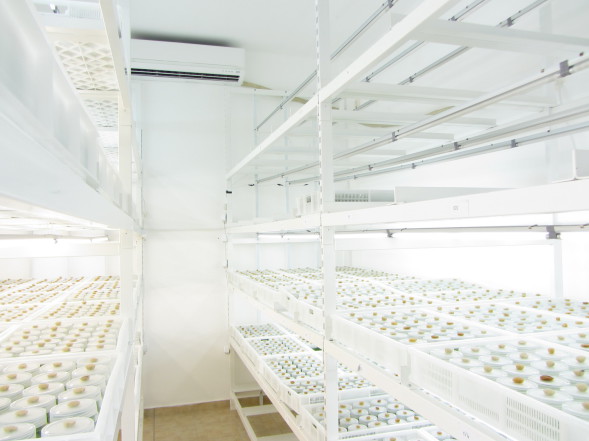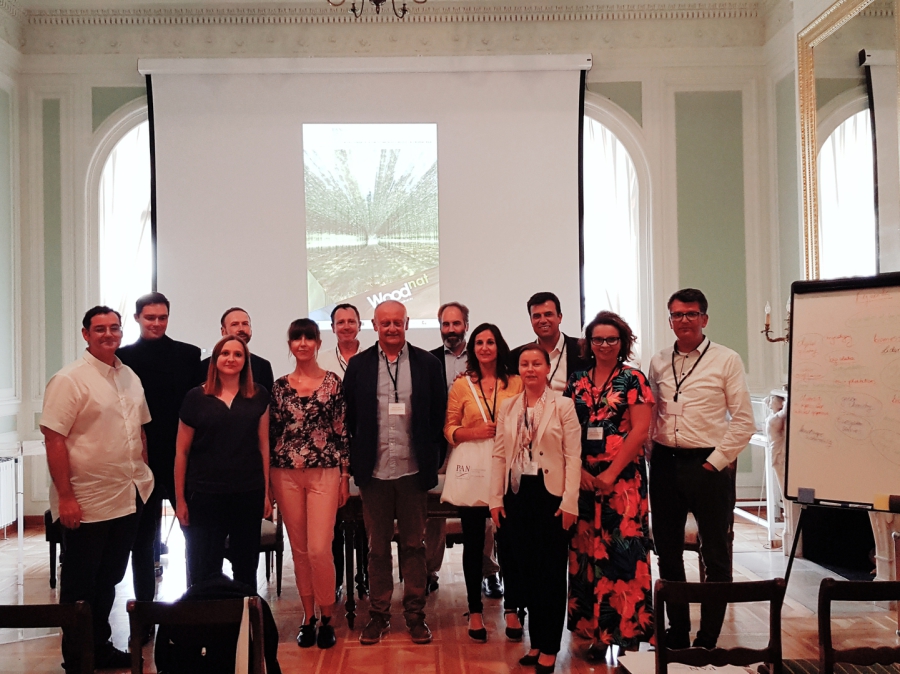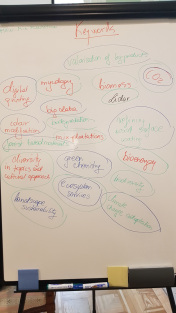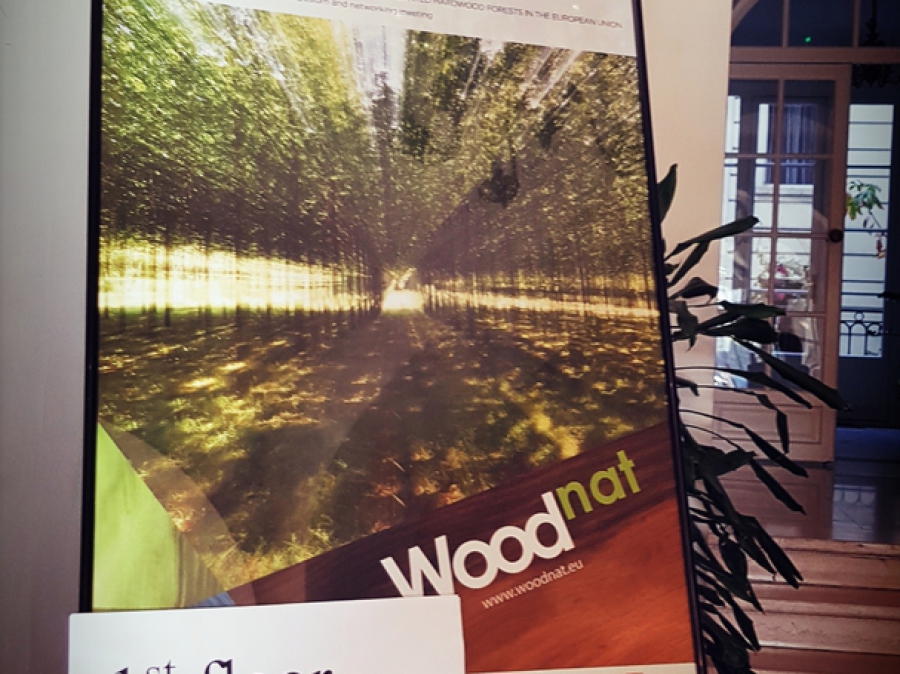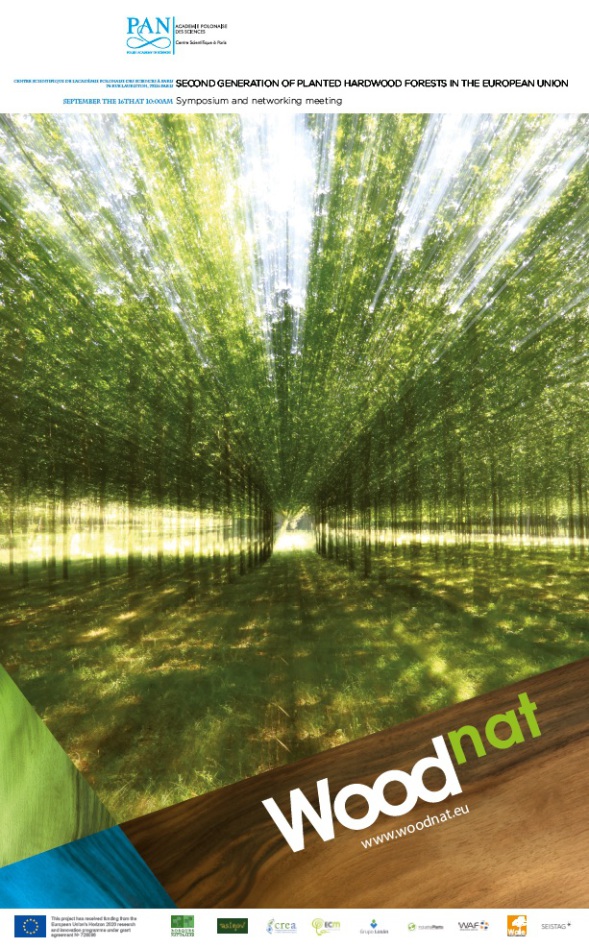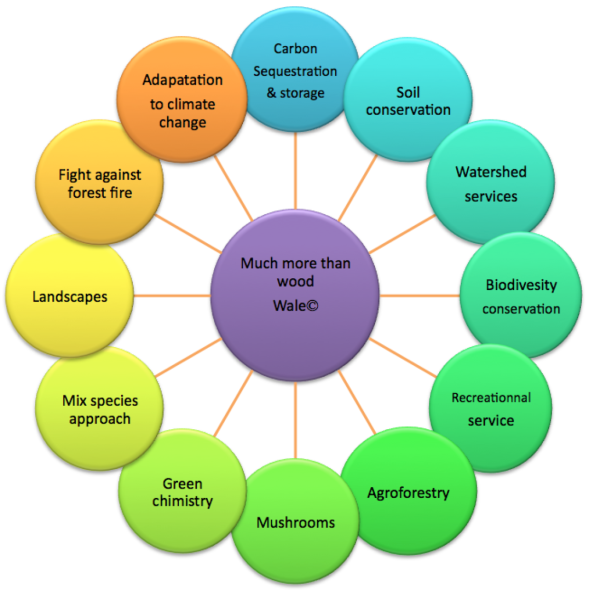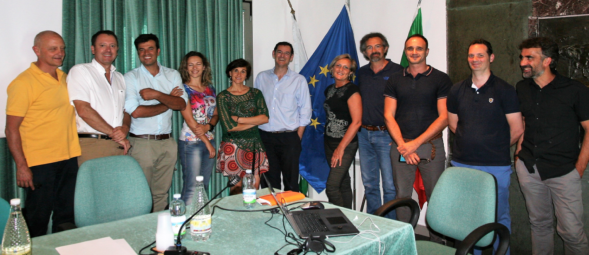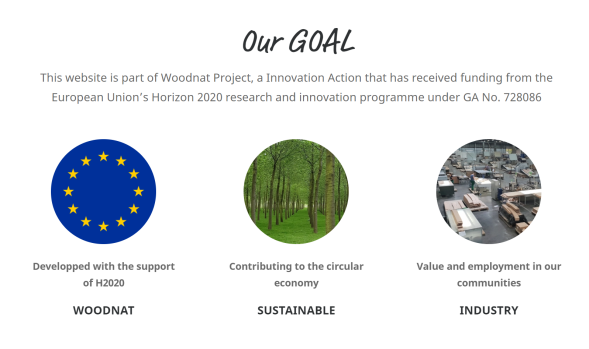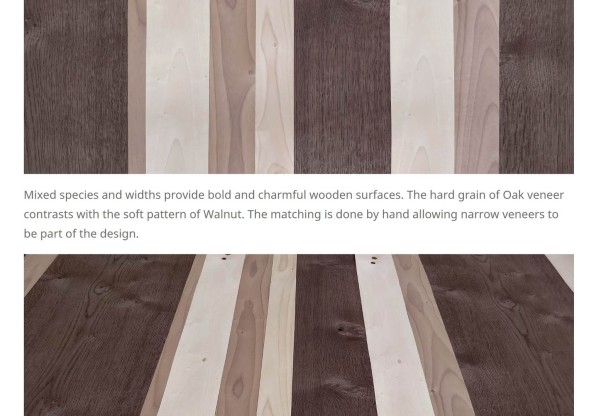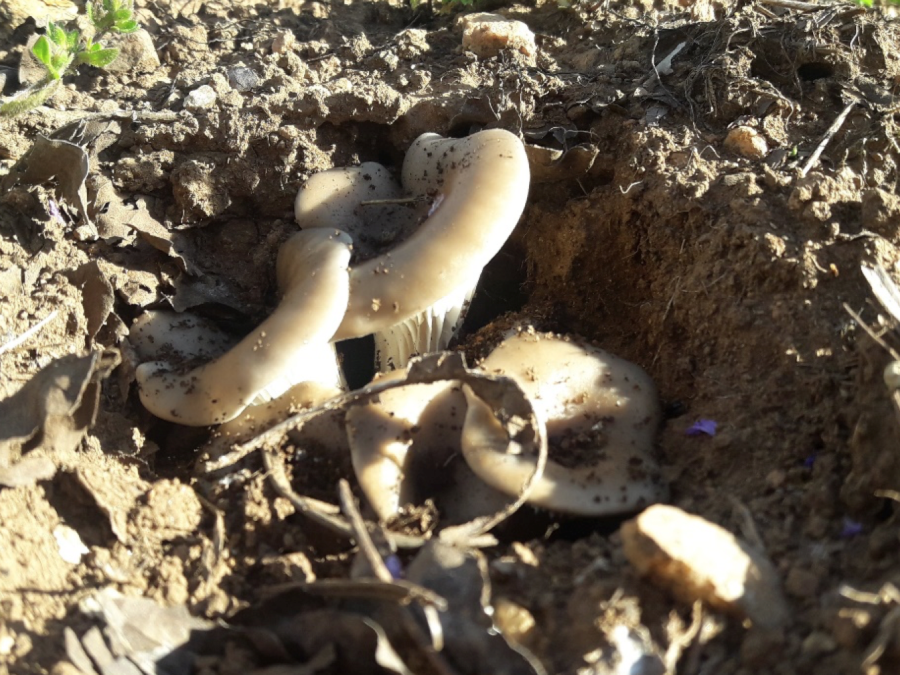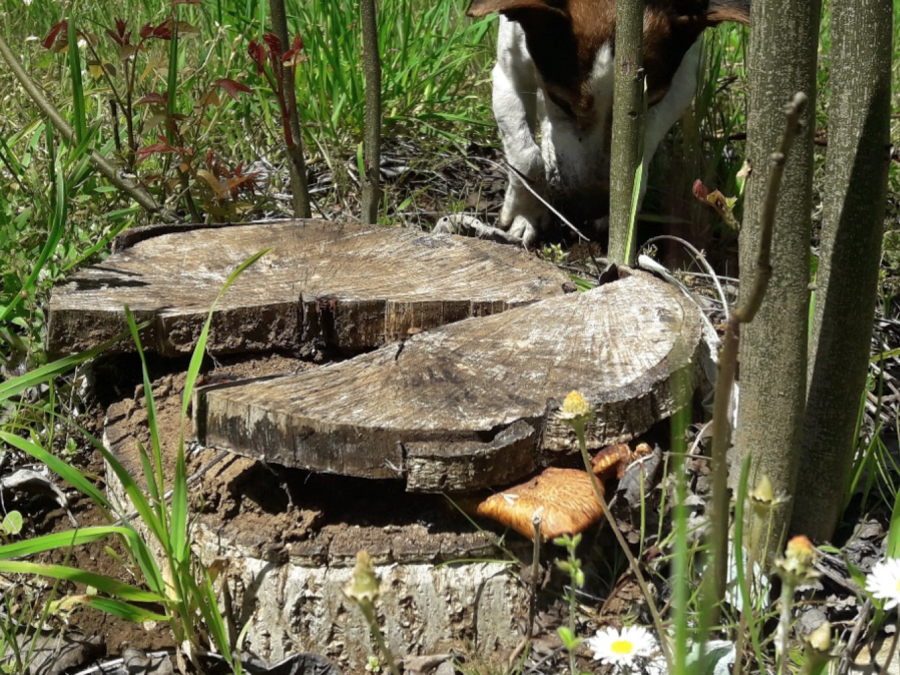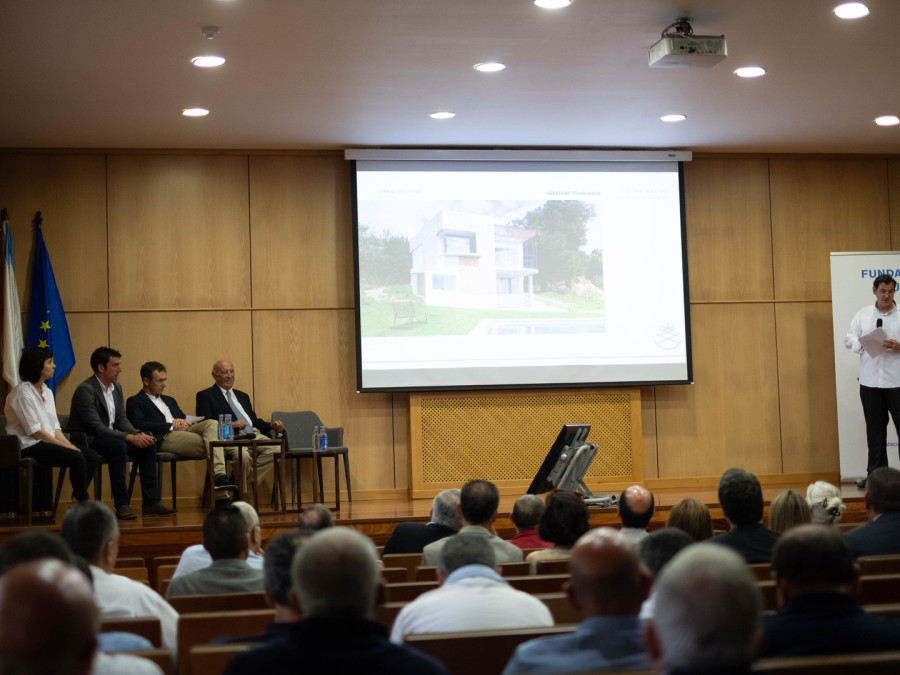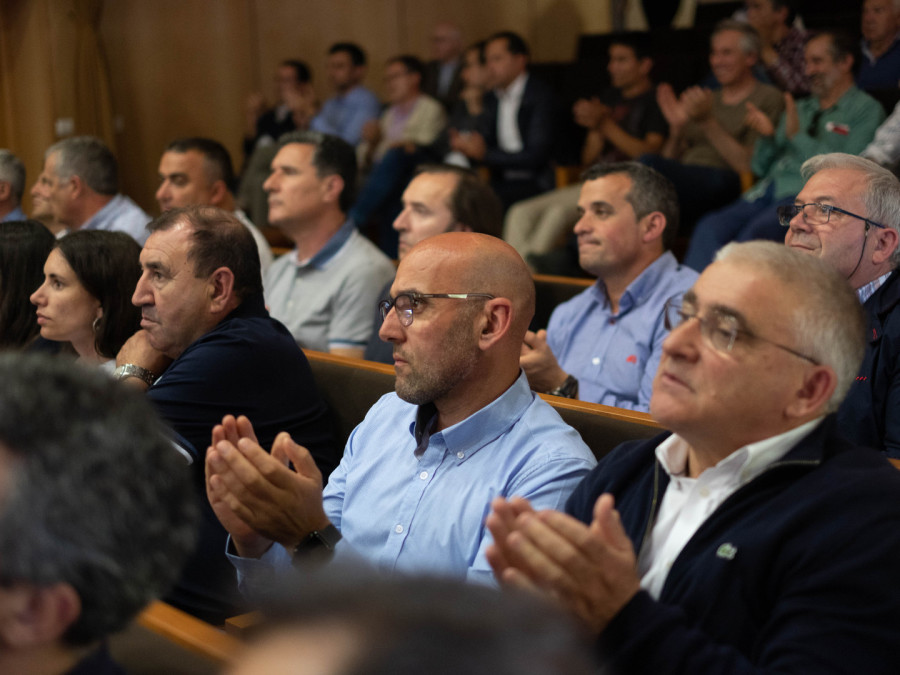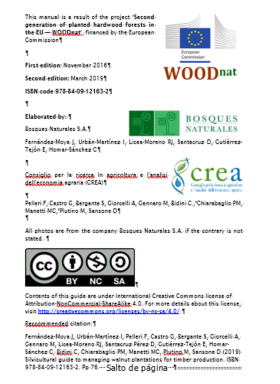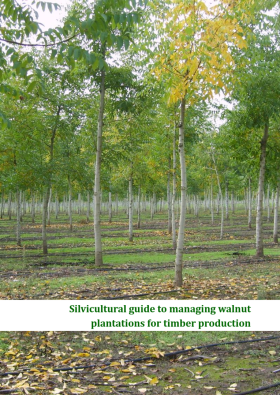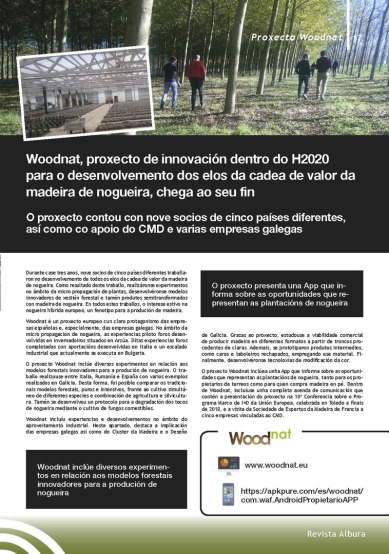The benefits of the Woodnat project for Industrial Plants Ltd. and, generally, for agriculture
From our perspective, the Woodnat project was a great success due to the benefits it brought to IndPl, as well as for its potential for the development of agriculture, forestry and horticulture in our region and in the European Union at large.
The benefits for IndPl are numerous and they consist of the scientific and technical experience we gained during our work with the D15 walnut clone. There are also important social and cultural gains for our team.
Some of the benefits for IndPl:
- We gained experience in the use of special culture vessels and modern technology, especially the Plantform bioreactor system, used for the first time in history in our region at IndPl.
- We gained experience in using various media formulations for walnut multiplication and interesting plant growth regulators, like thidiazuron, pyranyl-bezyladenine, meta-topoline, CPPU and phloroglucinol, as well as interesting gelling agents, for example Gelrite and Gelcarin.
- We acknowledged the uselessness of the SETIS bioreactor system due to its faulty construction and we can testify on this matter.
- We acquired useful knowledge on the subject of walnut micropropagation by working on the difficult model plant D15; our experience is very likely to be useful in other varieties, either for forestry or for edible nuts.
- The Woodnat project broadened our horizon and inspired us for cooperation with other companies and institutions and professionals from Bulgaria and abroad, especially developed western countries.
- Our experience inspired us for new ideas and techniques to be used in other important species.
- Our workers gained valuable skills in walnut micropropagation, applicable for other varieties as well.
- The hardships of walnut micropropagation, particularly clone D15 opened new perspectives for all of us regarding the micropropagation of difficult and recalcitrant species; it provided us a hard and valuable lesson regarding the importance of research and development and made us more conscious on this matter and it improved the fellowship of our team members and consolidated our team.
- We gained new perspectives for further research for the improvement of our acclimatization facilities and for the elaboration of new technologies for ex vitro acclimatization.
Potential benefits for Bulgarian and European horticulture at large:
- IndPl gained new potential for the production of walnut planting material for local as well as EU markets.
- The modern technologies and other procedures tested in the framework of Woodnat project have broad applicability and are a potential starting point for the development of new technologies for walnut and other important species.
- It is a good stimulating factor for international cooperation, in the EU and far beyond.
Conclusion: Although our results on the micropropagation and planting material production in walnut clone D15 are far from excellent, due to the Woodnat project we gained useful knowledge and new perspectives and all the members of our team got useful experience. It really increased our potential. It was a good and interesting project.
Woodnat Project at Polish Academy of Sciences Scientific Center in Paris
What could be the future developments of Woodnat Project by WALE
Symposium and networking meeting concerning the project “Second generation of European hardwoods plantation optimized for market uptake”
This meeting was probably one of the last one of Woodnat’s partners.
It was also time to work on future developments or applications of Woodnat’s Project.
Future developments of Woodnat Project b[...]
Document Adobe Acrobat [2.5 MB]
Woodnat Project an opportunity to develop the use of small dimension logs by WALE
Symposium and networking meeting concerning the project “Second generation of European hardwoods plantation optimized for market uptake”
The event co-organised and hosted by the Polish Academy of Sciences Scientific Center in Paris on September 16th, 2019 aims at bringing together companies and scientists to present and discuss the results of the WOODnat project and new potential cooperation in the field of wood science.
During that meeting WALE presented several possibilities to use small dimension logs : flooring, wall panels.
Woodnat Project an opportunity to devel[...]
Document Adobe Acrobat [11.5 MB]
Woodnat Project at Polish Academy of Sciences Scientific Center in Paris
Symposium and networking meeting concerning the project “Second generation of European hardwoods plantation optimized for market uptake”
The event co-organised and hosted by the Polish Academy of Sciences Scientific Center in Paris on September 16th, 2019 aims at bringing together companies and scientists to present and discuss the results of the WOODnat project and new potential cooperation in the field of wood science.
The WOODnat project scope is based on European Walnut plantations with a double objective:
- Remain competitive marketwise, especially against American walnut
- Stay profitable despite the longer period of growth against short term plantation.
These two challenges are reflecting nowadays dilemma regarding productive landscape and the need to find solutions to avoid landscape conversion from traditional plantations to short-term plantation.
Therefore, WOODnat project has explored different technologies among the value chain. Starting from improving plants to meliorate growth and resistance; to innovative intermediary products, which can add value at an early stage of the plantation.
WOODnat team explored also plantation management experimental models and online applications to enable full transparency to the customer.
In short: keeping a traditional species as the European walnut with the knowledge of modern technics and technologies.
- The developments carried out in the field of industrial walnut transformers presented by Dr Elias Cueto from SEISTAG.
- Precious woods as walnut can make possible experiments, which can be applied to other species later on.
- The combination of tree and fungi presented by M. Eng. Beatriz de la Parra from ECM.
- She will share an innovative approach to transform a problem into a source of revenue, using edible fungi to accelerate the degradation of walnuts stumps and help regenerating the soil.
- The wood market and marketing strategy approach applied to WOODnat products presented by Dr Emmanuel Groutel from WALE.
- Nowadays, the use of wood sourced from responsible sources (well managed forest or well managed plantations) lead to the idea of "much more than timber". WOODnat Walnut is an example of such approach.
The presentations will be followed by a short description of future H2020 funding opportunities.
Next, discussion will be let to the room for a brain-storming panel, to get feedback and most of all ideas regarding future collaborations with Polish scientists and research institutions.
Woodnat, an interesting project
During three years, Woodnat Project allowed Seistag to develop knowledge and technology in different fields: from product design to productive processes.
A large work was performed at sawing. The Company produced thick veneer using highly productive multiple saw band. This productive process demonstrated to be feasible
with Walnut, but also with other hardwoods. On the other hand, Seistag analysed the impact of the size and quality of the logs in the final profitability of a sawing line, which is focused on
valuable timber products.
Another challenge were decorative products. By means of the collaboration with third parties inside and outside Woodnat Project, Seistag contributed to the development
of European Walnut products in the field of veneered boards and veneered faces. An overview of the work done has been published in the shape of public videos and is also available as a website: stgnature.
Also a large work was carried out with digital printing. In order to deal with the challenge of Regia Walnut being light coloured in comparison to Nigra Walnut,
Seistag tested the use of direct digital printing. Because of this, the Company developed the capability to transform European Walnut into a darker species and/or to make innovative finishings of
veneered surfaces. More information about this work has been published in the internet.
Among the objectives of Woodnat Project were innovative uses for European. Due to technical questions, instead of using rotative peeling for decoration, Seistag
focused on sliced veneer used for packaging. As a result of this work, in addition to traditional furniture, the Company developed technology to produce folding packaging using European Walnut wood.
Images showing that activity was uploaded to the internet.
What is Woodnat for you ?
by WALE
Woodnat has been an incredible opportunity to work with the best walnut’s specialists, coming from Spain, Italy, Romania and Bulgaria…. and France !
All along the project we have succeeded on developing a true partnership around our common purposes.
|
Seed improvement |
Seedlings and young plant selection in order to define a European Walnut genetic which is more resistant and grows faster |
|
From seed to plant |
Develop an up-scaling of walnut plant production reliable method. |
|
From plant to tree |
Demonstrate and spread a profitable and sustainable model for European Walnut plantations across Europe |
|
From land owner to consumer |
Develop tools for a more efficient communication between producers and consumers of European Walnut Wood using NTIC from the field to the end user. |
|
From tree to Wood product |
Develop new products, define technical qualities and setup robotic tools based on the European Walnut specific characteristics and suitable for the existing market |
|
From tree cut to tree re-grow |
Develop a bio-based approach to avoid re-grow of Walnut trees from stumps and reduce carbon emission using fungi. This approach does also provides an additional market opportunity for the plantation manager. |
In addition to the above listed outputs, Woodnat’s is also an opportunity to rethink the plantation and wood market model. That’s the reason why Woodnat is much more than wood.
Woodnat products on stgnature.com
The first bunch of Woodnat products are already available in the Web. You can find it at STGnature.com
STGnature is a spin-off from Woodnat Innovation Action but also a commercial project. An open platform for sustainable and innovative wooden products based on European traditional species.
STGnature has been launched in 2019 with the aim of offering a stream of refined wooden surfaces for contract market.
Woodnat, an interesting project
Woodnat Innovation Action is an interesting project because allowed us to raise in the knowledge about biological stump degradation by edible fungi in walnut plantations. In a forest ecosystem, removal of stumps and suppression of sprouts after harvesting by conventional methods, such as using heavy machinery or herbicides, alters the physico-chemical characteristics of soil, may cause environmental damage and can be very costly. In contrast, the performance of alternative biological controls, specifically inoculation with edible fungi, was evaluated and resulted in a large and significant reduction of the probability of sprouting, which was stronger than that obtained with chemical treatments. This technique also produced edible sporocarps. Therefore, thanks to Woodnat project, ECM could advance in the basis for the development of a sustainable, environmentally friendly and cost-effective product, a bioeconomy based solution for stump degradation in intensive plantations.
On the other hand, mycorrhization assays carried out in Woodnat project allowed us to obtain the most appropriate species for inoculation, the best moment for it and the best beneficial dose of inoculum to increase the survival and growth of walnut vitroplans during the first stages in the nursery in order to adapt them to local soils and climate conditions. Thanks to these results, ECM will go on researching to create innovative products related to fungi in forest ecosystems.
Seistag at the Regional Centre for Agroforestry Education and Experimentation
On July the 4th, Seistag performed a presentation at Regional Centre for Agroforestry Education and Experimentation.
The lecture was part of an event organized by Arume Foundation. This is a private organization, which aims to improve the connection between forest landscape and wood industry. It represents the interests of most of the private Companies and public Associations of the Region.
The presentation of Seistag focused on the relation between forest capabilities and industrial needs. During the talk, the coordinator of Woodnat Project explained how producers and consumers could reach good agreements if they focus on logs of highest quality. The idea of agreement refers to being profitable both for the producers of the logs and for the industrial who consume it.
The presentation of Seistag took advantage of the experience of Woodnat Project. Even if Arume Foundation focuses on conifers and Woodnat on Walnut, both groups share the challenge of reaching an agreement between log producers and log consumers.
Seistag was not alone, more than 100 people attended to the event, which was organized at the Regional Centre for Agroforestry Education and Experimentation placed in Sergude, A Coruña (Spain). SMEs and landowners formed the audience of the event. Therefore, the meeting was useful for expanding the dissemination of Woodnat Project.
The meeting included five more talks performed by relevant personalities of the forest and wood industry. The presentations refered to different topics such as economics, genetics, education and branding.
BOSQUES NATURALES and CREA publish the definitive version of the silvicultural manual
Thanks to the close collaboration between BOSQUES NATURALES and CREA within the WOODNAT project, we have just launched a definitive version of the silvicultural manual: Silvicultural guide to managing walnut plantations for timber production. This manual is published with the ISBN code 978-84-09-12163-2.
The objective of this guide is to be a silvicultural manual analyzing the considered as the better practices to be applied for hybrid walnut (Juglans x intermedia) plantation management oriented to timber production, taking into account scientific literature and the experience in the sector of the companies who compound the Woodnat consortium. This guide tentatively answers the questions any forest manager would have about walnut planted forests. Applied with common sense, combined with new information as available and modified when needed, these guidelines should be useful tools for the management of walnut planted forests under different cultivation systems and circumstances.
This publication will be freely available to be downloaded either in the Woodnat webpage and in Researchate.
The recommended citation for this publication is:
Fernández-Moya J, Urbán-Martínez I, Pelleri F, Castro G, Bergante S, Giorcelli A, Gennaro M, Licea-Moreno RJ, Santacruz Pérez D, Gutiérrez-Tejón E, Homar-Sánchez C,
Bidini C, Chiarabaglio PM, Manetti MC, Plutino M, Sansone D (2019) Silvicultural guide to managing walnut plantations for timber production. ISBN 978-84-09-12163-2. Pp 76
Woodnat at Albura
Every six months, it is published a new volume of Albura, which is the review from the Galician Cluster of Wood and Design. This is the most relevant organization of the Spanish Industry for wood and forestry. The organization includes Companies at every level of the value chain, from forest to finished furniture and technical design.
The last number, June 2019, includes a report about Woodnat Project. The results of the Innovation Action are summarized at page 17th, among the most relevant events of the sector that happened in the last six months. The recent activity includes highlights such as the visit of the Spanish king to Galician forests.
This publication is part of the dissemination activity of the Woodnat Project. It can be visited online, and also downloaded in PDF format. The draft of the report was submitted by Seistag and includes links to the website of Woodnat Project as well as to the APP.


